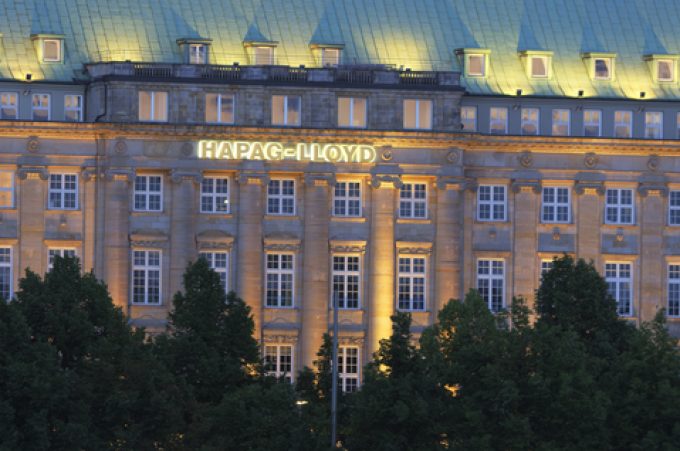More carrier services in danger of attack after new Houthi announcement
Carriers have been warned to proceed “with extreme caution” following the major widening of the ...

Hapag-Lloyd will see billion-dollar profits this quarter and the next, as even higher freight rates kick in across global tradelanes.
Boosted by an ebitda of $1bn, and a net profit of $463m, in the final quarter, the German carrier posted a profit of $1.1bn for last ...

Comment on this article